
Snail Feeding and Management
June 11, 2023, 8:20 am
Snail is classified as monogastric but it is generally known to be microlivestock.
Snail Feeding and Management
Snail is a nocturnal animal, being active in the night or in the dark at day time. It is usually found in cool and secluded areas.
The Significant Roles of Snail Production
Snail production and management is not capital intensive. At present, snail rearing contributes little to environmental pollution when compared with other livestock species. Snail is noiseless and the meat has good nutritional value. The snail feeds and feedstuffs are locally available and cheap to obtain.
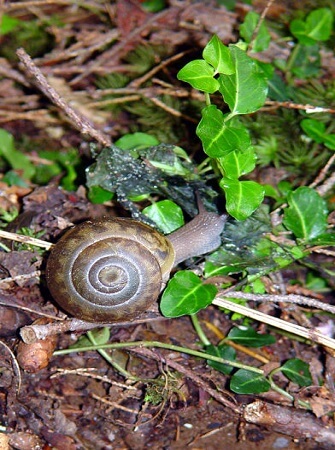
Breeds of Snail
The common breeds of snails are Archachatina Marginata, Archachatina Achatina, Achatina Fulica and Limicolaria Sp.
Housing for Snail Production
Housing for snail must be characterized with well ventilated, well spacious, affordability, durability and protection against inclement weather, predation and insect attack. The housing types include the use of abandoned vehicle tyre, plastic or metal drum, basket, cage, fenced pen etc.
The housing for snail should be filled with appropriate soil. However, snail can also do well in a house without soil. Snail thrive well in a medium to light soil. Clayey and sandy soil should not be used as bedding in the snailery.

Sandy loamy or garden soil is recommended since they are rich in organic matter content and easy for the snails to burrow.

Selection of Snail for Foundation Stock
The fleshy part which is the foot should fill its shell completely. The foot must not be dry but slimy with salivation on the surface. Snail with nodules or patches on the surface of the foot must not be selected. Snails with intact shell should be stocked. Snails must not be exposed to the sun when transported and should be kept in a cool container.
Snail Feeds and Feeding of Snail
Snails feed mainly in the night, at dusk or by day when there is rain or if there is dark cloud. Snails consume small amount of feed when compared to other farm animals. Since snail is active at night, feeds should be supplied fresh in the evening between 6:30pm and 7:30pm.
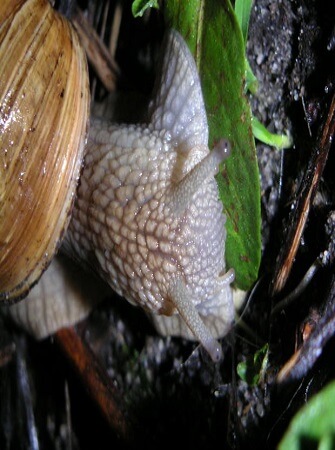
Snails eats when the relative humidity is above 85%. Young hatchlings readily accept succulent leaves such as pawpaw and cocoyam than fruits and tubers. Generally, snails feed more on a high moisture content diets.
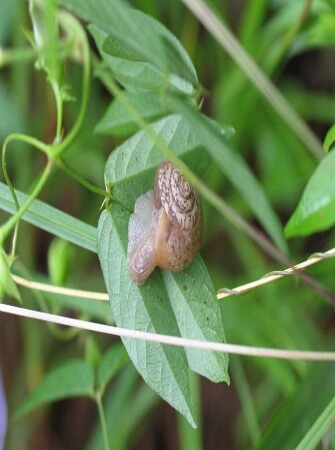
Breeding and Reproduction of Snail
Snail is hermaphrodite but there must be cross-fertilization between two sexually mature snails before fertilized eggs are laid. Snails will start laying eggs at 8—12 months old. Where soil is provided, snail will dig small hole and lay its eggs in quick succession and cover them with soil.
The incubation period varies between 24 and 35 days. The young hatchling or baby snail has thin, transparent shell and it will remain in the soil for 2—5 days before coming to the surface of the soil. The hatchlings should be separated from the adult immediately they come to the surface.
Hatchlings require more humid condition than the adults and thrive well under the decayed leaves. A well balanced diet fortified with calcium should be given to the hatchlings.
Management Practices in Snail Rearing
Housing units should be checked regularly for rodents, insects and dead snails. Remove the leftover feeds, clean the house and supply fresh feed and water. Ensure that the soil is well covered with dry leaves and wet the soil appropriately.
Check to make sure that the wire netting is not worn out. Check the water in the legs of the container in case of cage system, to ensure adequate protection against soldier ants. Feed the snails at the going down of the sun since they are nocturnal animals.
Provide adequate biosecurity by discouraging visitors from entering the snailery without permission. The use of chemicals such as insecticides, herbicides, fumigants and other agro-allied fluid should be avoided. Adequate shade must be provided, preferably the housing should be near a tree or in a plantation. The feed and water must be served in a shallow container.
Aestivation and hibernation are common phenomena for snails especially when the environment is dry and therefore should be prevented from happening. During this period, there will be loss of weight but the snail may not die.
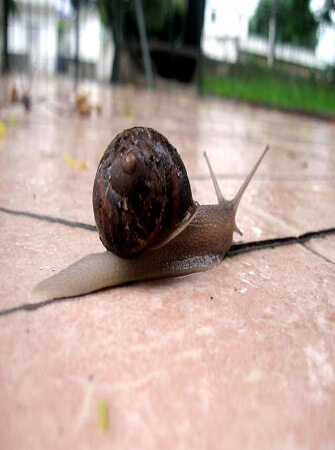
Signs of Sickness in Snail
- There will be reduction in feed intake or a complete loss of appetite
- The snail will be inactive as it will be evident in folding up even at night
- There will be emaciation of the foot
- The fleshy part of the foot is dry and no persistent salivation
- Nodules or mould may be formed on the surface of the foot
- The foot or fleshy part is withdrawn into the shell
- Death may ensue after some days and start to rot producing an offensive odour
If you would like to see and learn how to put all these management practices so you can have a successful and profitable snail farming business, register for our training and subscribe today so you can access all our snail farming tutorial videos.
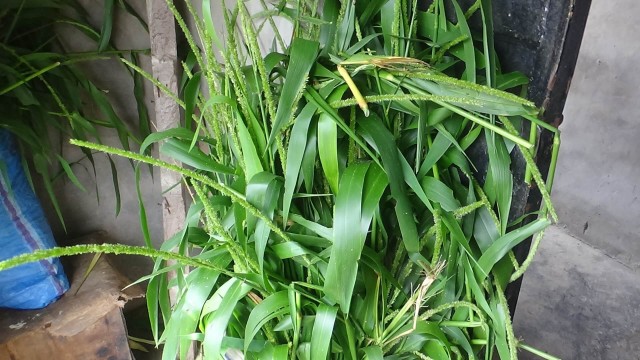









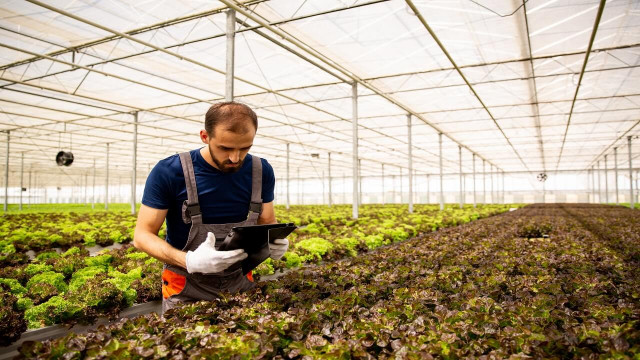

Share This Article: